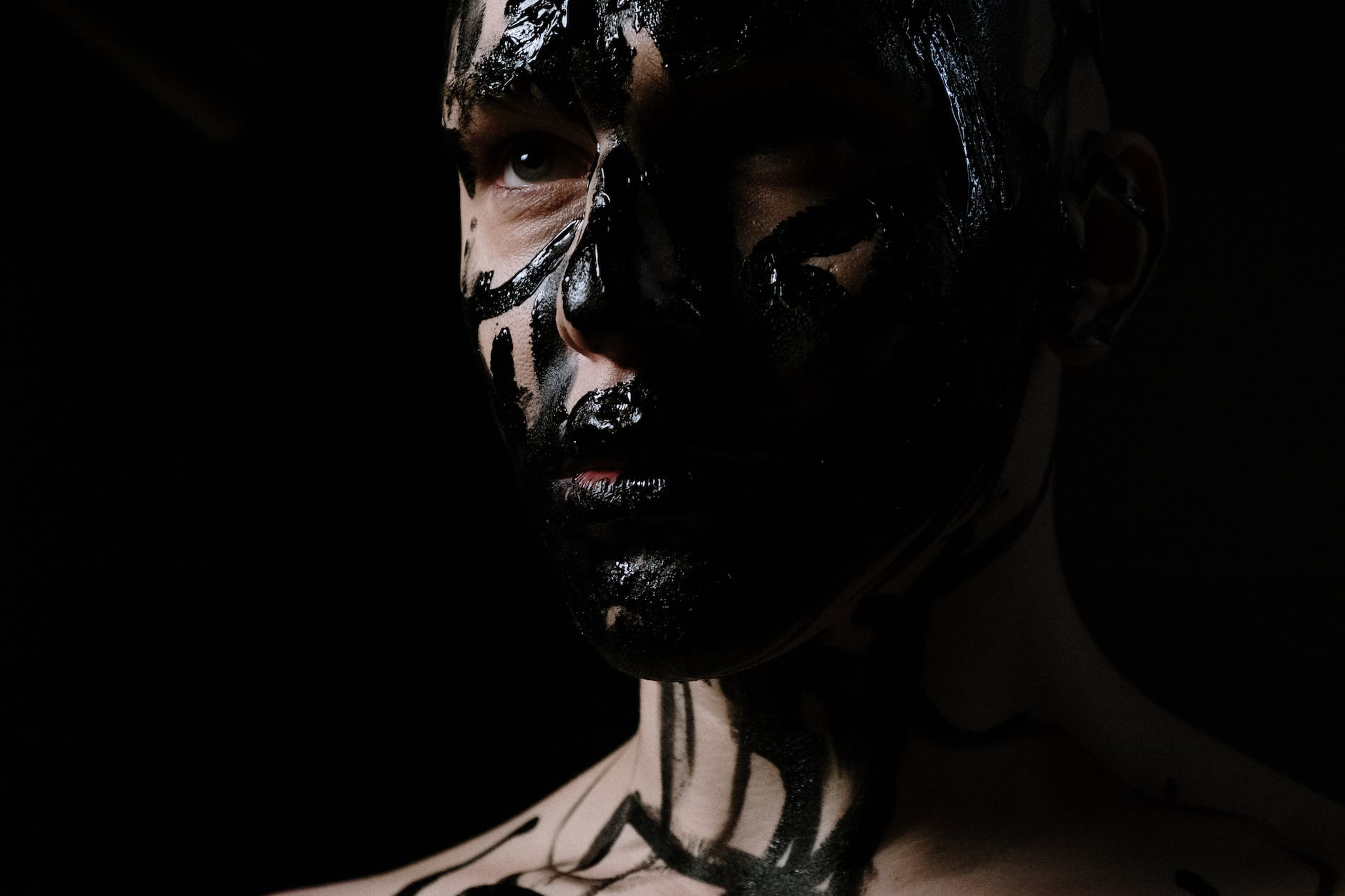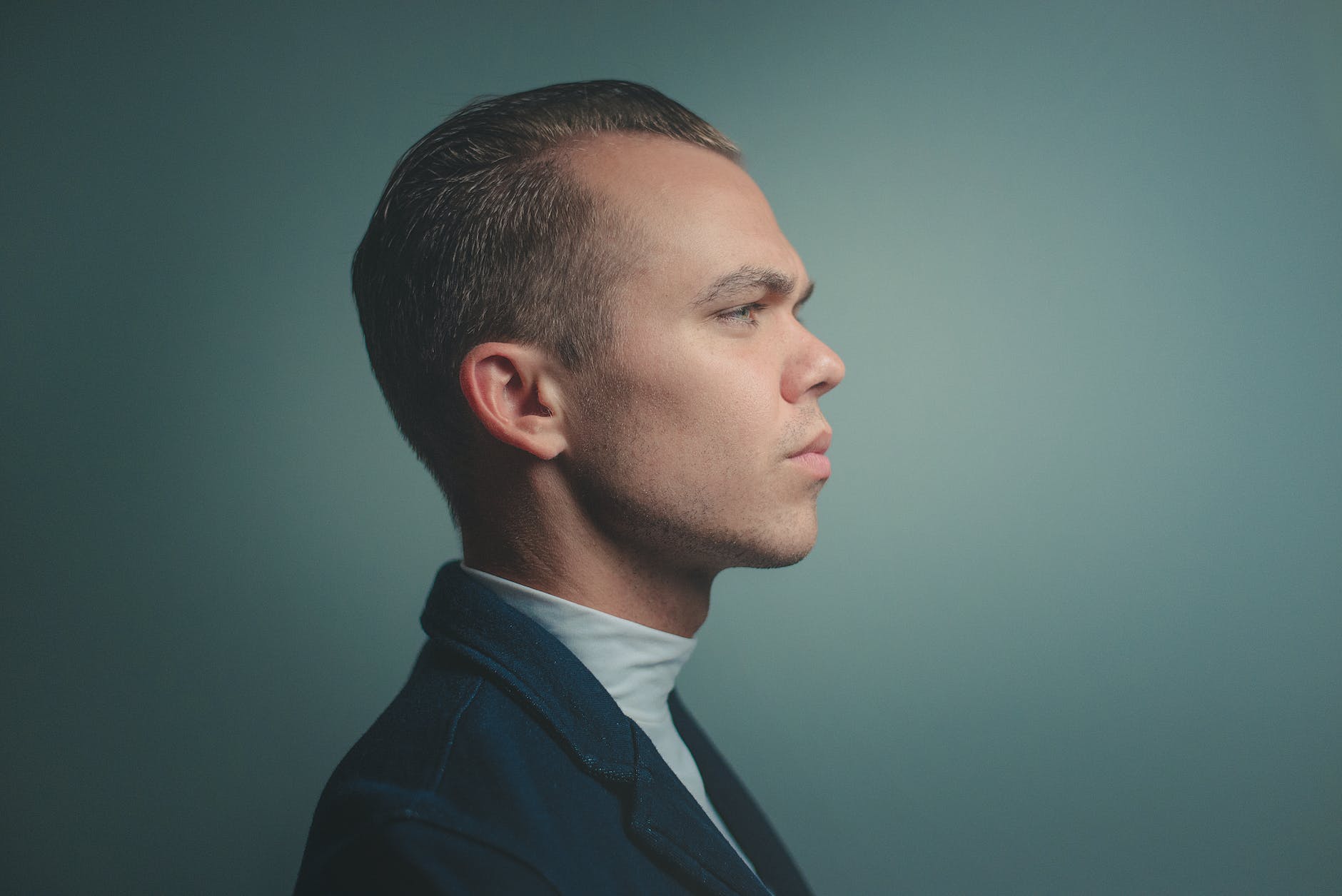There’s a fascinating enigma deeply woven within the vast spectrum of fashion, a unique formula that birthed some of the most memorable trends in history. It’s the reminiscent influence of psychedelics, which continue to impact modern fashion trends even today. Swiftly cascading from the unrestricted stimulation of the mind to the effervescence of self-expression, psychedelics etched an indelible trace on the canvas of fashion, creating a vibrant echo in elements like bold patterns and neon colors.
1960s fashion was arguably the epoch when the symbiosis between psychedelics and fashion was most defining. The era’s drastic cultural shift manifested vividly in the clothes people wore, with free-spirited innovators heralding experimental designs imprinted with motifs of liberated imagination. The countercultural revolution of the 60s was powered by a generation seeking mind-expanding experiences, which paved the way for unconventional materials and the rise of bohemian and boho-chic fashion styles.
Psychedelics impelled fashion to be rebellious and awarded it the license to be bold, daring, and disconcertingly innovational. Tie-dye, for instance, became profoundly popular during this psychotropic blitz. This explosion of vibrant, swirling colors was a direct reflection of the psychedelic experience, mirroring the kaleidoscopic visuals reported by users of substances like LSD. The rebellious nature of psychedelics was mirrored in the patterns and designs, with fashion enthusiasts embracing the defiantly unique tie-dye style.
Along with tie-dye, bold patterns and neon colors were integral to the psychedelic influence that shimmered in the fabric of 1960s fashion. Inspired by the experiential and perceptual alterations of psychedelic trips, these loud, audacious patterns mirrored the spontaneity and unpredictability of such journeys. The fascination with neon pigments mirrored the altered reality experienced during these mood-enhancing trips, creating a fashion phenomenon that radiated freedom and defied conventionality.
The free-spirited aesthetic adopted by many during this era also inspired the rise of bohemian style fashion. Characterized by its layered clothing, flowing fabrics, and earthy tones, this style was an articulation of the discarding of social norms that was a cornermark of the psychedelic movement. Psychedelics motivated an exploration of alternative ways of thinking and living, and this desire for transcendence and divergence lived in the unorthodox flair of the bohemian fashion trend.
Further fueling this liberated spirit in fashion was the prominence of boho-chic, a blend of bohemian and hippie influences. Much like the alternating moods of a psychedelic journey, boho-chic fashion juxtaposed casual and luxurious elements to create both an effortless and purposeful look.
Fashion’s dalliance with psychedelics transcended mastery of aesthetics and became a crucial part of self-expression. By creating a direct conduit between inner experiences and outward appearances, countercultural outfits became signals of shared experiences and collective allegiance to the partly spiritual, partly sociopolitical movement. This symbiotic relationship between fashion and psychedelics has ensured that the influence of 1960s fashion trends can still be felt today with neon colors and tie-dye making a resurgence in contemporary fashion.
In essence, psychedelics pushed boundaries not just in mind-altering experiences but also in the world of fashion. They implored fashion to question the existing norms and explore the universe of experimental designs and unconventional materials that broke from traditional sartorial norms.
As we journey through the annals of fashion history, we find that it isn’t just about the garments we wear but rather an interconnected web of cultural, political, and psychological influences. Psychedelics have a noteworthy role in this tapestry, etching vibrant colors and unconventional patterns into the fabric of global fashion. From bold patterns and neon colors to the spirit of self-expression and unconventional experimentation, this essence remains palpable in our wardrobes, defining and shaping styles across generations.





